Decorating Guides
10 Ways to Make Your Home Pet Ready
Here we list a few simple, convenient decor changes to give your new family member a warm welcome
Bringing home a pet? You’re in for a roller-coaster ride. Not only will the pet bring you immense joy and happiness, it will also bring testing days ahead as a new family addition always takes time and effort to settle in. Whether your new pet is young or old, what’s very important is that you create a space that will allow your pet to feel comfortable and safe. These design and organisational tips will help you carve out a special place in your home for the new member, where he or she can grow and bloom.
By creating their own cosy corners, you can train your puppies to retreat to their own safe havens to rest and discourage them from getting familiar with your beds. But who are we kidding? Puppies and kittens explore and jump and gnaw at everything. Assigning a space is a good place to start training them about boundaries.
When space crunch is an issue, Murphy beds can be a real space saver. They can be flipped down for nap time and put right back into the cabinetry to create more space for movement.
2. Niches work amazingly well for small breeds and cats
Small dog breeds, especially the non-social, timid kinds, are likely to benefit from this. They need to be near their family to feel secure without risking shocks (for them and their humans) from getting tripped over. Creating a small bedding area in the nook of the living room, kitchen or any chosen space will reduce their anxiety, allowing them to be close to their family while keeping them from coming underfoot.
Small dog breeds, especially the non-social, timid kinds, are likely to benefit from this. They need to be near their family to feel secure without risking shocks (for them and their humans) from getting tripped over. Creating a small bedding area in the nook of the living room, kitchen or any chosen space will reduce their anxiety, allowing them to be close to their family while keeping them from coming underfoot.
Although cats are not too particular about having an exclusive sleeping area, these ideas work extremely well in their favour, too. So drawers, shoe boxes, and other nooks and crannies become their favourite napping spots during the day.
3. Create makeshift kennels inside your house for busy days
As most dogs in India are kept indoors, it might be a good idea to create a small kennel space under the desk in the living room or under the dining space when entertaining. This will not only help put your guests at ease in case they are not used to dealing with an animal but will also help your pet feel included in the social gatherings.
As most dogs in India are kept indoors, it might be a good idea to create a small kennel space under the desk in the living room or under the dining space when entertaining. This will not only help put your guests at ease in case they are not used to dealing with an animal but will also help your pet feel included in the social gatherings.
Pro Tip: During festive seasons like Diwali, Ganesh Chaturti and Durga Puja, the noise levels can escalate through the roof. Dogs have sensitive hearing, almost ten times more than humans, and get frightened by firecrackers and the noise. It is important to create a safe haven for them to cosy up and hide in, during the festive times.
Tip: Soundproofing their enclosures with bonded foam or similar acoustic foams can help immensely. Or try and keep them in a room which doesn’t let in a lot of sound.
Tip: Soundproofing their enclosures with bonded foam or similar acoustic foams can help immensely. Or try and keep them in a room which doesn’t let in a lot of sound.
4. Give them their own dining space
Having a clear, designated clean corner to feed your pet is a must. Choose a spot that is away from foot traffic, is easy to clean and is spacious enough for your pet. Do remember to store your pet food in a place that is out of your pet’s reach.
Tip: I like this innovative, shuttered niche that can be opened only for meal times.
Having a clear, designated clean corner to feed your pet is a must. Choose a spot that is away from foot traffic, is easy to clean and is spacious enough for your pet. Do remember to store your pet food in a place that is out of your pet’s reach.
Tip: I like this innovative, shuttered niche that can be opened only for meal times.
5. Organise accessories in one place
Organising is important when stashing away your pet’s toys, dry food, medicines, grooming kit and accessories. Keeping it all at one place ensures you and your pet know where to find whatever you need whenever you may need it.
Organising is important when stashing away your pet’s toys, dry food, medicines, grooming kit and accessories. Keeping it all at one place ensures you and your pet know where to find whatever you need whenever you may need it.
Invest in a cabinet, shelves or even a small basket closer to the door that will allow you to reach out for your dog’s leash, collars, raincoat, toys or anything else on your way out of the house. Keeping all your pup’s everyday items close at hand will keep your rooms tidy.
6. Pet-proof your house
The experience of caring for a pet is similar to raising a child. An unsupervised puppy or kitten is likely to be exposed to a lot of hazardous things around the house, so it important to follow these pet-proofing tips to prevent accidents.
How to pet proof your house
The experience of caring for a pet is similar to raising a child. An unsupervised puppy or kitten is likely to be exposed to a lot of hazardous things around the house, so it important to follow these pet-proofing tips to prevent accidents.
How to pet proof your house
7. Build to suit your cat’s instincts
Cats are extremely curious by nature. They are likely to climb, scratch and hide under your furniture for hours. Building them walkways and tunnels will not only distract them from your furniture, it will give them an outlet to channelise their feline instincts.
Cats are extremely curious by nature. They are likely to climb, scratch and hide under your furniture for hours. Building them walkways and tunnels will not only distract them from your furniture, it will give them an outlet to channelise their feline instincts.
They are born explorers. Indoor cats rarely get an opportunity to go out and jump on fences and over the wall. Cats can practise stealth by exploring these walkways to different hideouts in the house. Cover your stands and cat walkways with sturdy fabric such as coir so it doesn’t wear out too quickly.
Pro Tip:
Despite your best efforts, it might get difficult to keep cats and dogs off your furniture, especially felines and young puppies, who will just love to claw and gnaw at your furniture. Consider covering your precious furniture with slipcovers. Slipcovers can not only match the existing fabric and upholstery but can be replaced if damaged; they are cost-effective, too.
Despite your best efforts, it might get difficult to keep cats and dogs off your furniture, especially felines and young puppies, who will just love to claw and gnaw at your furniture. Consider covering your precious furniture with slipcovers. Slipcovers can not only match the existing fabric and upholstery but can be replaced if damaged; they are cost-effective, too.
8. Keep cat litter out of sight
If your house doesn’t have access to a balcony or an open, private space, try using a cabinet space near the floor to conceal cat litter. Here, an interesting cat outline for its entry and exit lets visitors know that the space is strictly cordoned off for the cat’s business.
If your house doesn’t have access to a balcony or an open, private space, try using a cabinet space near the floor to conceal cat litter. Here, an interesting cat outline for its entry and exit lets visitors know that the space is strictly cordoned off for the cat’s business.
If you are as particular about your pets and their needs as I am, then a small screen around the litter box to give your cat privacy will make complete sense to you.
9. Creating a wet area for your dog means less mess in your own bathroom
If you have additional space in your laundry room, storage room or have a spare bathroom, then consider creating a raised platform and include a hand shower in it. This will be your pet’s bathing station. Also, it will be a boon during the monsoons when your pup walks in with muddy paws and underbelly and needs a quick wash. This effectively saves you from having to clean up a bathroom after cleaning the dog.
If you have additional space in your laundry room, storage room or have a spare bathroom, then consider creating a raised platform and include a hand shower in it. This will be your pet’s bathing station. Also, it will be a boon during the monsoons when your pup walks in with muddy paws and underbelly and needs a quick wash. This effectively saves you from having to clean up a bathroom after cleaning the dog.
10. Plants and pets generally do not mix
If your space is cohabited by a pet dog or cat, be wary of introducing plant varieties without doing thorough research. Many plants are extremely toxic when ingested and may cause abdominal cramps, vomiting or convulsions. Other plants with thorns, like a rose bush or a cactus, can inflict physical harm to furry babies.
If your space is cohabited by a pet dog or cat, be wary of introducing plant varieties without doing thorough research. Many plants are extremely toxic when ingested and may cause abdominal cramps, vomiting or convulsions. Other plants with thorns, like a rose bush or a cactus, can inflict physical harm to furry babies.
Cats, being generally curious creatures, tend to spend some time gnawing away at plants. So if you must introduce it in close proximity then consider safer, non-toxic plants like cat grass (Dactylis glomerata), lemongrass (Cymbopogon) or mint (Mentha).
No one said raising a puppy or a kitten is easy but if you want them to be happy, create enough space and distractions for them to feel safe, engaged and loved.
Read more:
10 Cats Who Match Their Interiors
Soft Furnishing Maintenance 101
Tell us:
Do you have any pet-related design hacks of your own? Then please share with us in the Comments section below.
Read more:
10 Cats Who Match Their Interiors
Soft Furnishing Maintenance 101
Tell us:
Do you have any pet-related design hacks of your own? Then please share with us in the Comments section below.



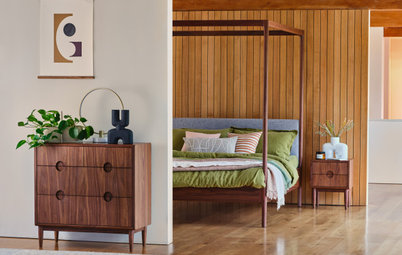
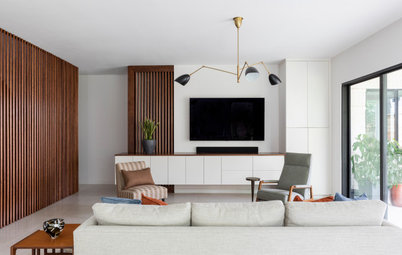
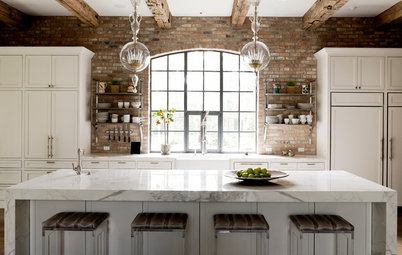
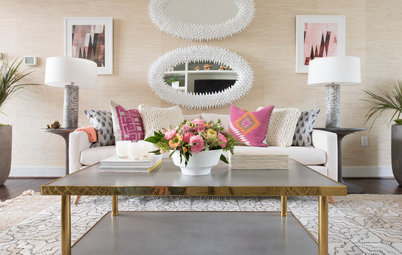
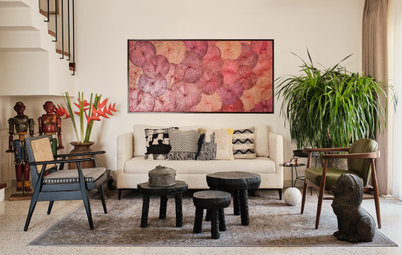
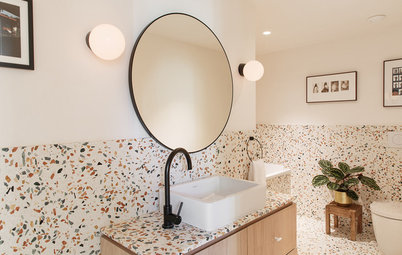
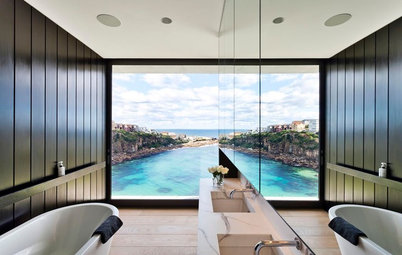
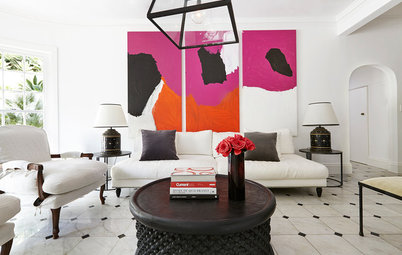
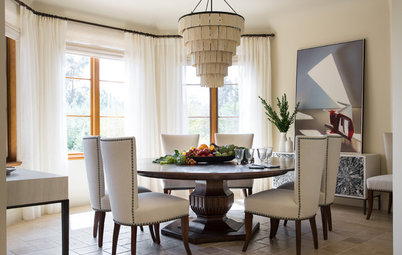
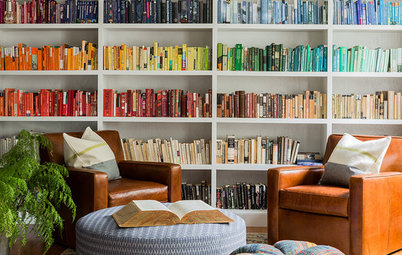

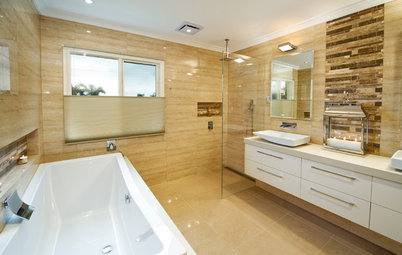

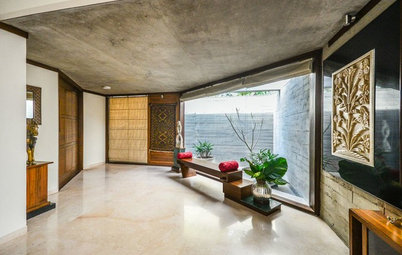
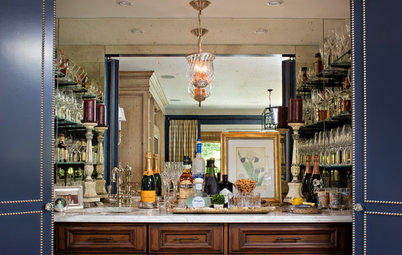
One of the foremost concerns that new pet parents express is that of investing in a bed for dogs. But what you should be more worried about is allocating a space for your dog to rest and unwind without coming in the midst of foot traffic during the day.